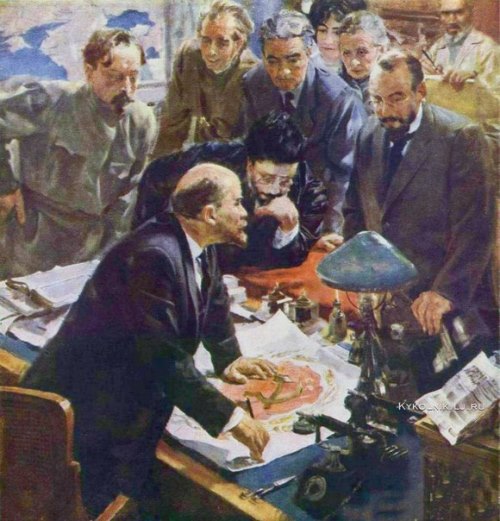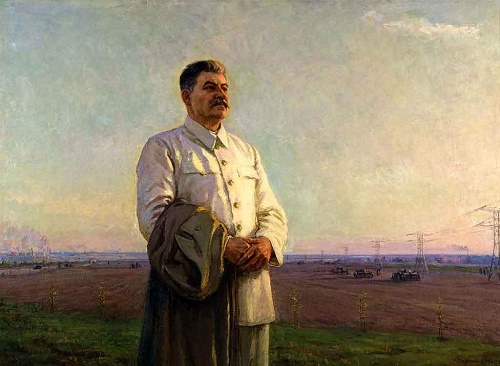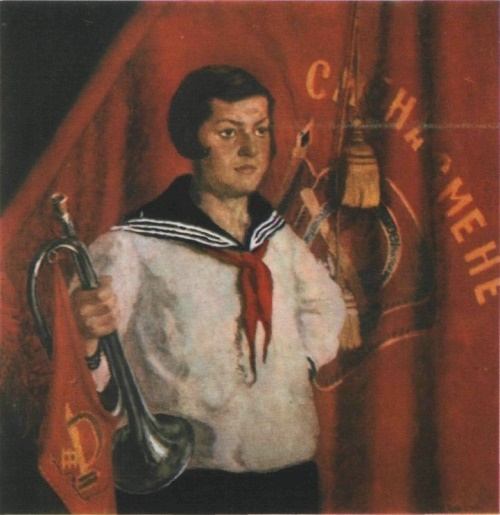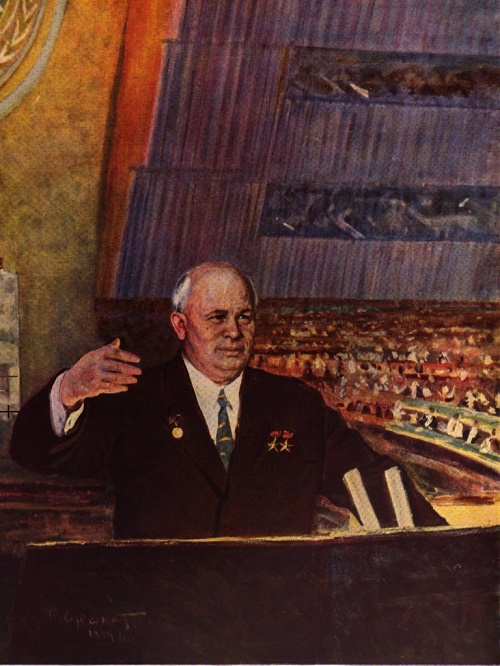Soviet photographer Gennady Bodrov
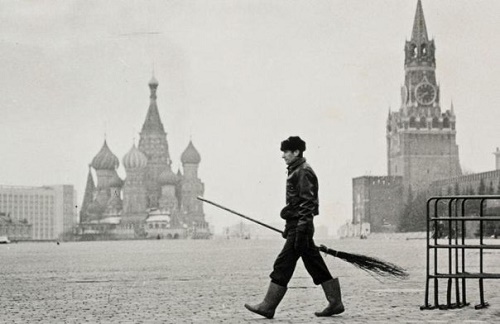
Early morning. Red Square, 1988-1990. Moscow USSR. Photo by Soviet photographer Gennady Bodrov (May 17, 1957 – February 14, 1999). Image source kursk.com
The shot from the series “Black and white Russia” by Gennady Borisovich Bodrov (May 17, 1957 – February 14, 1999), made in 1988-1990, evaluated at 2-3 thousand pounds at Sotheby’s auction. Soviet photographer Gennady Bodrov was born in 1957 in the city of Soltsy of Novgorod region. In his childhood, aged ten, he injured his hand examining the found shell left from the Great Patriotic war (1941-1945). At school, in the early 70s he became interested in photography. Then his first cameras were “Kiev” and “Zenith”. He studied by correspondence at the national University of Arts in 1973 – 1976. In 1974, immediately after graduation, he began working with newspapers. He worked as the head of photo club, assistant cameraman, a photographer for the newspaper. In fact, Gennady Bodrov was a freelance photographer.
Read more »
